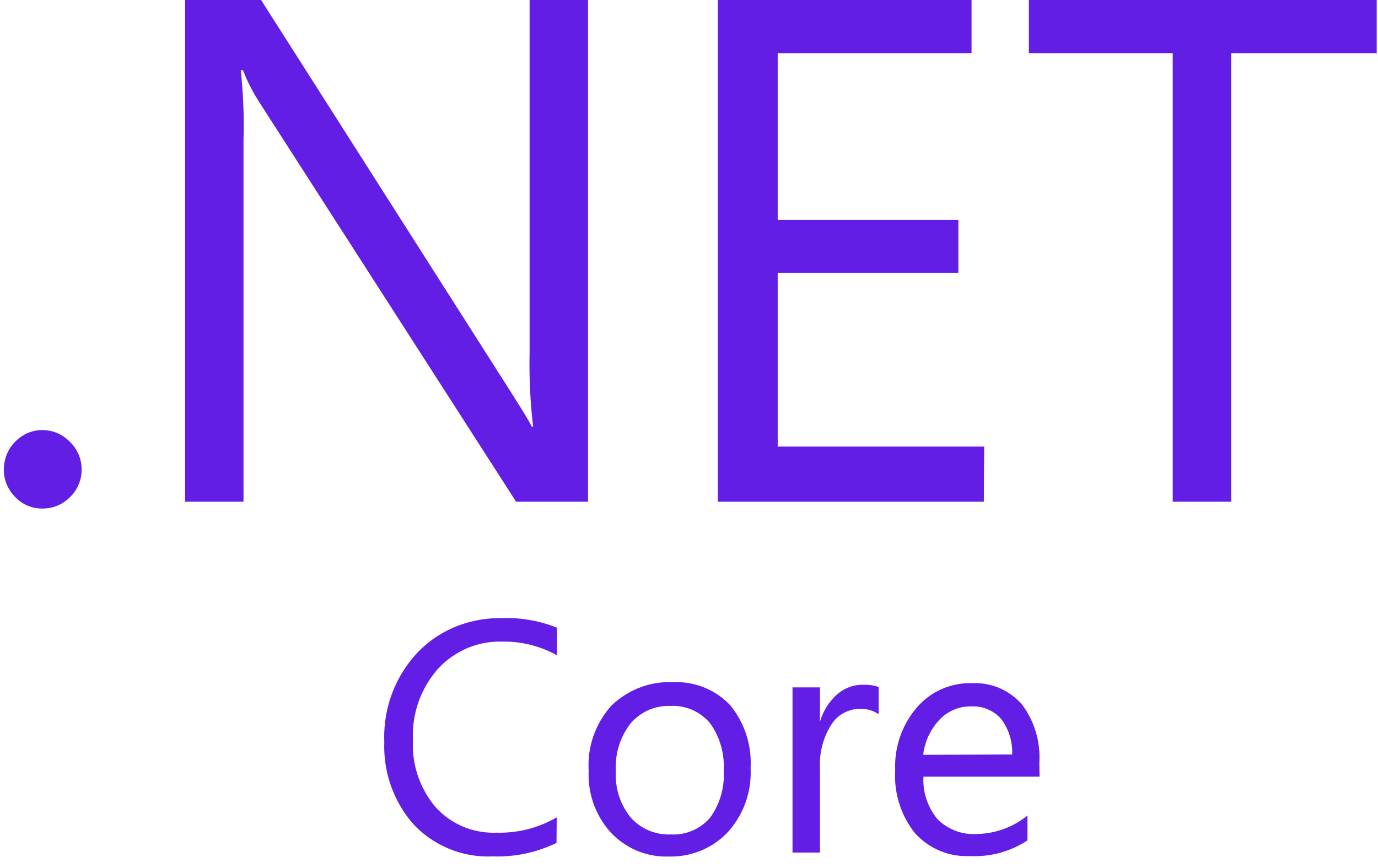Learning Curve .NET
.NET is a software framework developed by Microsoft that runs primarily on Microsoft Windows. It includes a large class library known as Framework Class Library (FCL) and provides language interoperability across several programming languages. The .NET framework offers a wide range of functionalities and features, making it a popular choice for developing software applications.
Learning .NET can be daunting at first, especially for those who are new to programming. However, with the right resources and approach, anyone can learn .NET and become proficient in it.
Resources
There are plenty of resources available for learning .NET, including online courses, tutorials, and documentation. Microsoft offers a comprehensive documentation website that covers all aspects of .NET, including the .NET framework, languages, and tools.
Online courses are a great way to get started with .NET. Websites like Udemy and Pluralsight offer courses on different aspects of .NET, including C#, ASP.NET, and more. These courses are typically structured and provide hands-on experience, making them an effective way to learn.
Community resources can be a great way to supplement your learning and get help from experts in the field. Here are some valuable resources for learning .NET:
- YouTube Free Tutorials: YouTube is a great resource for free tutorials on .NET. Nick Chapsas is a popular YouTuber who creates engaging tutorials on .NET programming. His channel covers a wide range of topics, from beginner to advanced levels. You can find his channel at https://www.youtube.com/@nickchapsas.
- Twitter Community List: Twitter can be a great platform to connect with other developers and learn from their experiences. The .NET community on Twitter is very active, and there are many experts who share their knowledge and insights. The Twitter community list at https://twitter.com/i/lists/1631905718965002240 is a curated list of .NET developers and enthusiasts you can follow.
- ASP.NET 6 for Fundamentals: Pluralsight is an online learning platform that offers in-depth courses on various technologies, including .NET. The ASP.NET 6 for Fundamentals course at https://app.pluralsight.com/library/courses/asp-dot-net-core-6-web-api-fundamentals/table-of-contents is a great resource for beginners who want to learn how to build web APIs with ASP.NET 6.
- Clean Architecture: Clean Architecture is a popular design pattern that emphasizes separation of concerns and maintainability of code. The Clean Architecture Patterns, Practices, and Principles course at https://app.pluralsight.com/library/courses/clean-architecture-patterns-practices-principles/table-of-contents is an excellent resource for learning about clean architecture in .NET.
Here are some resources to learn C# for those who are not familiar with it:
- C# 10 Fundamentals on Pluralsight: Pluralsight is a popular online learning platform that offers a wide range of courses on different programming languages and frameworks, including C#. The C# 10 Fundamentals course at https://app.pluralsight.com/library/courses/c-sharp-10-fundamentals/table-of-contents is a great place to start if you're new to the language. It covers the basics of C# programming, including data types, variables, control structures, and object-oriented programming.
- C# Getting Started on Pluralsight: Another great resource from Pluralsight is the C# Getting Started course at https://app.pluralsight.com/library/courses/c-sharp-getting-started/table-of-contents. This course is designed for beginners and provides a step-by-step guide to learn the language. It covers topics such as syntax, data types, operators, and loops.
- C# documentation on Microsoft Learn: Microsoft Learn is a free online platform that offers a variety of learning resources, including tutorials, interactive exercises, and videos. The C# documentation at https://learn.microsoft.com/en-us/dotnet/csharp/ provides a comprehensive guide to the language. It covers everything from the basics to advanced topics, including LINQ, asynchronous programming, and generics.
Approach
To learn .NET effectively, it is important to have a systematic approach. Here are some tips to help you get started:
- Start with the basics: Begin with the basics of .NET, including the framework, languages, and tools. This will give you a solid foundation to build upon.
- Practice: Practice is essential to learning .NET. Start by writing simple programs and gradually move on to more complex ones. This will help you gain confidence and become more proficient in .NET.
- Learn from others: Join online communities and forums to learn from others who are experienced in .NET. This can be a great way to get help with problems and learn new techniques.
- Stay up-to-date: The .NET framework is constantly evolving, so it is important to stay up-to-date with the latest developments. Subscribe to blogs and newsletters to stay informed about new features and updates.
Conclusion
Learning .NET can be challenging, but it is also rewarding. With the right resources and approach, anyone can become proficient in .NET and develop software applications that are efficient, reliable, and scalable.
Whether you are a seasoned programmer or just starting out, learning .NET can be a valuable skill to have in the ever-growing tech industry. With its wide range of functionalities and features, .NET offers a lot of potential for developing software applications. By taking a systematic approach and utilizing the available resources, you can become proficient in .NET and take advantage of its capabilities.
If you're looking for expert .NET development services, look no further than BinarCode. Check out our ASP.NET Core services at https://www.binarcode.com/services/asp-dot-net-core and see how they can help you build the web application of your dreams.

